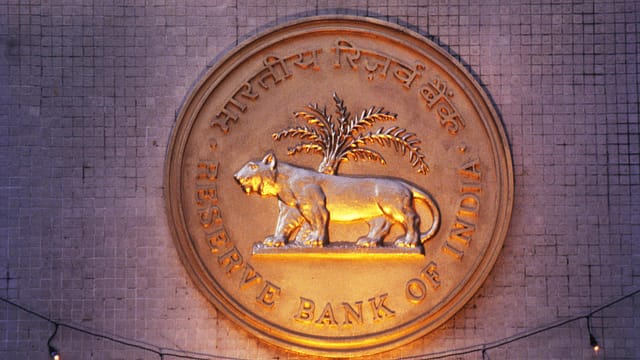RBI buys more bonds than it sells in Operation Twist
ADVERTISEMENT

The Reserve Bank of India (RBI) conducted ‘Operation Twist’ to address liquidity issues and lower long-term bond yields on Monday. It announced a simultaneous sale and purchase of bonds under a special open market operation (OMO) for ₹10,000 crore. Auction results indicate that while the central bank bought 10-year bonds worth ₹10,000 crore, it managed to sell one-year short-term bonds of ₹6,825 crore.
After the results of the OMO was announced, the 10-year benchmark bond yield declined by 3 basis points (bps) to 6.57% on Monday. The RBI announced that it had received 116 bids worth ₹20,330 crore for the sale of short-term government securities. The central bank said it had accepted 35 bids to the tune of ₹6,825 crore.
Simultaneously, the RBI purchased 10-year benchmark bonds from 145 participants worth ₹10,000 crore, although it said it had received bids worth ₹20,826 crore from 161 sellers. The cut-off yield for the 10-year bonds was 6.54% and it was priced at ₹99.3.
Economists and money managers say the deficit in the sale was mainly because the auction participants quoted a lower price than the cut-off fixed by the RBI at ₹100.37 to ₹102.32. The cut-off yield for the short-term securities of one-year tenor was set between 5.28% and 5.60%.
January 2026
Netflix, which has been in India for a decade, has successfully struck a balance between high-class premium content and pricing that attracts a range of customers. Find out how the U.S. streaming giant evolved in India, plus an exclusive interview with CEO Ted Sarandos. Also read about the Best Investments for 2026, and how rising growth and easing inflation will come in handy for finance minister Nirmala Sitharaman as she prepares Budget 2026.
This is the first time the RBI conducted an auction to simultaneously buy and sell bonds. Experts say the move is very similar to the ‘Operation Twist’ carried out by the U.S. Federal Reserve in 2011-12. The decision to conduct the special OMO was based on the RBI’s review of the current liquidity and market situation and an assessment of the evolving financial conditions.
Given inflationary concerns, economists feel, there may be little room for the RBI to cut rates further in the coming months. The government is largely expected to announce pro-growth measures in the upcoming Union Budget in February to revive the economy, which stokes concerns of fiscal slippage and could lead the benchmark 10-year bond yields to rise further.
After five straight rate cuts of a total 135 bps starting February, the RBI governor Shaktikanta Das-headed six-member monetary policy committee (MPC) hit the pause button on December 5 for the need for greater clarity on inflation trajectory and the scope of fiscal measures that could be undertaken by the government in the upcoming Budget.
